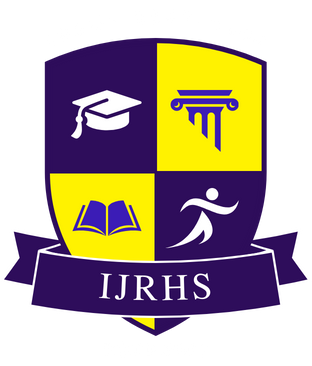![]()
Published Paper PDF: Download PDF
DOI: https://doi.org/10.63345/ijrhs.net.v13.i8.1
Dr Rupesh Kumar Mishra
SCSE, SR University
Warangal – 506371, Telangana, India
Abstract
Multilingual yoga education offers a pathway to broaden access, deepen cultural relevance, and enhance learning outcomes by incorporating regional languages alongside a global lingua franca. Designing a national curriculum that embraces linguistic diversity requires careful alignment of pedagogy, terminology, instructional materials, teacher training, and assessment strategies. This manuscript explores the theoretical foundations for multilingual education, reviews existing models within yoga and allied disciplines, outlines a mixed-methods study to gather stakeholder perspectives, presents pilot implementation results, and offers recommendations for national rollout. Findings indicate that learners and instructors benefit from instruction in their mother tongues, with improved comprehension, engagement, and cultural connection. Challenges include development of standardized terminology, production of high-quality resources in multiple languages, and ensuring teacher readiness. The proposed curriculum framework balances consistency with flexibility, enabling localization while maintaining core competencies. Scope and limitations are discussed to inform future research and policy refinement.
Keywords
Multilingual yoga education, curriculum design, mother-tongue instruction, cultural relevance, instructional materials
References
- Yogendra, H. (2018). Yoga For All: Discovering the True Essence of Yoga. Informed by decades of research at The Yoga Institute, this work draws on Hansa Yogendra’s advisory role in developing a yoga education syllabus for schools in India under the National Council of Educational Research and Training (NCERT)
- Government of India. (2020). National Education Policy 2020. The policy emphasizes the inclusion of traditional Indian knowledge systems—such as yoga—into the curriculum, recommending multilingual instruction models and the use of students’ mother tongues as media of instruction in early grades
- National Council of Educational Research and Training (NCERT). (2023). National Curriculum Framework for School Education (NCF‐SE) 2023. This framework prioritizes multilingual education, encouraging proficiency in at least three languages (two of them native to India), and emphasizes rootedness in Indian knowledge systems—including yoga
- Alter, J. S. (2004). Yoga in Modern India: The Body between Science and Philosophy. Princeton University Press. This anthropological study discusses Kaivalyadhama’s historical role in yoga education and its recognition as a national resource center in India
